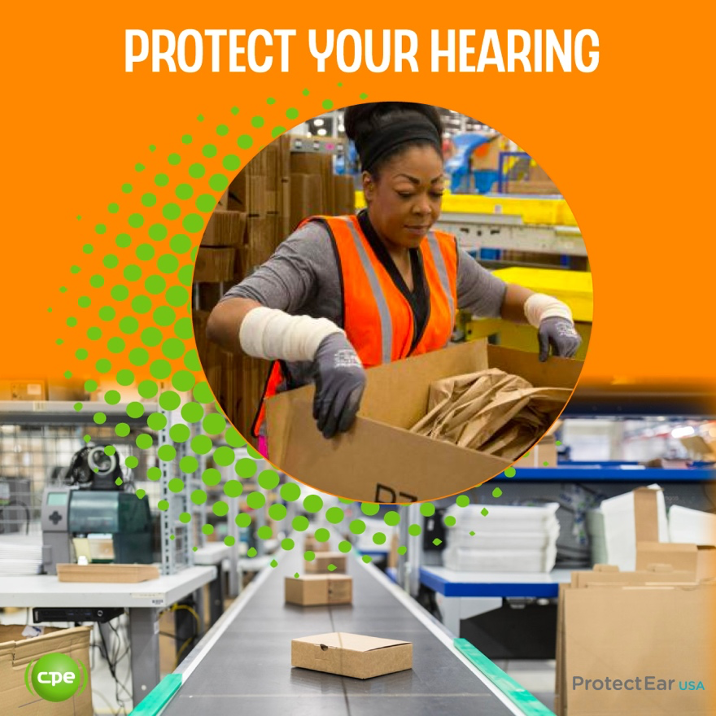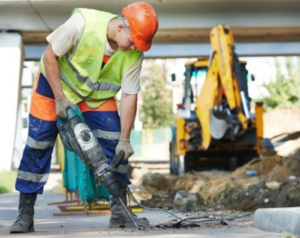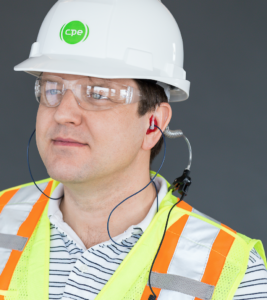In the fast-paced world of packaging, where productivity is paramount, effective coordination hinges on seamless communication. But how can you prioritize safety without compromising this vital communication? 🔇📦
👂 Custom dB Blockers:
Introducing Custom Protect Ear’s (CPE) dB Blockers, specifically tailored for the dynamic packaging industry. These cutting-edge hearing protectors not only shield your team’s hearing but also ensure crystal-clear communication. Whether in corrugated box facilities or aluminum can production plants, your workforce can maintain operational smoothness without relocating to quieter zones, even during unforeseen events.
🎯 Worker Safety:
In packaging, hearing protection transcends noise; it’s about safety. While plastic bottling plants may not be as acoustically demanding, they present unique risks due to exposure to specific chemicals. With undefined safe exposure levels, providing proper hearing protection becomes a non-negotiable for employee well-being.
🌟 Employee Well-Being:
Our dB Blockers are custom-fitted for optimal comfort, ensuring your workers remain focused and at ease, regardless of temperature conditions. Investing in their hearing health goes beyond shielding ears; it promotes sharper, more concentrated performance.
Prioritize worker safety and unhindered communication in the packaging industry with dB Blockers by Custom Protect Ear. 🛡️

#HearingProtection #SafetyFirst #PackagingIndustry #CustomProtectEar #ProtectEar #dBBlockers





 What is obvious to one person may not be obvious to another, according to Bethany Graves (Watson), a consultant specializing in occupational safety based out of Jefferson City.
What is obvious to one person may not be obvious to another, according to Bethany Graves (Watson), a consultant specializing in occupational safety based out of Jefferson City. 





